What are park roses, how do they differ from bush roses, planting and care
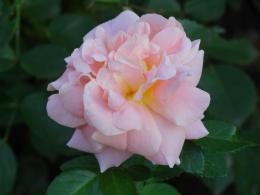
With the end of winter, nature comes to life, the first greenery pleases the human eye, I want the wild flowering of plants to come as soon as possible. Various plants are used to add bright colors to gardens, city flower beds and parks.
One of the best options is to plant park roses. They are distinguished by their tenderness, aroma, and do not require special attention and care. The variety of colors and multi-colors cannot leave anyone indifferent!
Content:
- Park roses - what are they?
- What is the difference between park roses and bush roses?
- Features of Canadian park roses
- How to plant and care properly
- Top dressing
- Pruning park roses and forming bushes
- Reproduction
- Organization of wintering
Park roses - what are they?
The park rose came from wild rose hips. Breeders put a lot of effort into cultivating this species; they managed to create a new variety, more hardy and presentable.

The bush of park roses reaches a height of 1.5 meters, with proper care and a favorable environment. The inflorescences have the form of buds of various shades: white, pink, bright scarlet, yellow, purple and orange.
A feature of the species is considered to be frost resistance.
Adult plants do not require special care and shelter from the cold if:
- grow in an area protected from drafts;
- groundwater is not too close to the surface and root system of plants;
- enough light and solar heat falls on the bush;
- Proper care and feeding is provided throughout the year.
Park roses bloom magnificently in late May - early June. This is several weeks earlier than other types of roses. Flowering lasts more than thirty days.
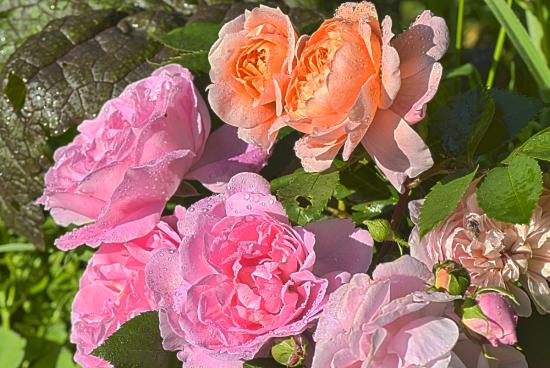
Park roses are divided into two classes:
- the first class blooms once a season;
- second class - several blooms are observed during the season.
The first type needs to protect the shoots from the cold, otherwise the plant will stop blooming altogether.
Having become familiar with the characteristics of the species in advance, agricultural technology will not bring any particular difficulties!
Let's watch a video about the best varieties of park roses:
What is the difference between park roses and bush roses?
There are few differences, here are some of them:
- It is believed that a park rose is easier to care for than a bush rose; pruning and shaping are done less often.
- High resistance to low temperatures.
- They multiply quickly and the flowers attract insects that pollinate the plant.
- Disease resistance, bush roses are subject to many diseases and attacks from pests: caterpillars, beetles, sawflies.
- Mature bushes have long shoots, while the crown is very flexible.
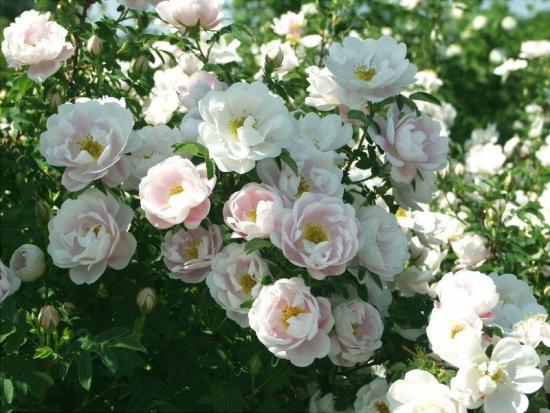
Flower growers and gardeners prefer to grow park roses, not only because of their beautiful appearance, but also because their roots do not need to be covered from frost; bush varieties need to be covered for the winter and hilled up.
Features of Canadian park roses
There are different varieties of park roses, the most popular being the Canadian variety.
This is due to ease of maintenance, not only a specialist, but also an amateur can grow this species.
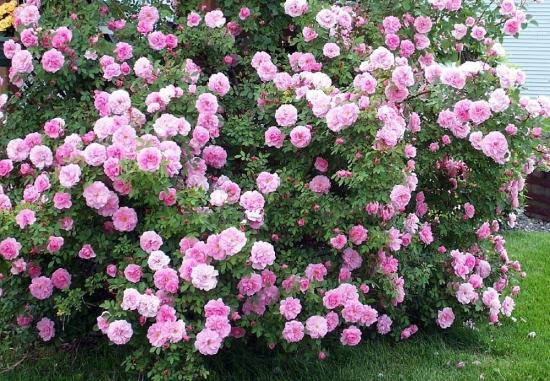
Their main characteristics:
- Canadian roses can easily tolerate extreme cold and heat.
- They do not need frequent pruning or special watering.
- The plants are not susceptible to diseases characteristic of ordinary roses, are unpretentious to climatic conditions, and are hardy.
- The flowers are very large, brightly colored, however, they do not have the aroma and sophistication, unlike other varieties of this species.
The Canadian variety was originally bred for cold climates and harsh winters. The plant will not be harmed even at temperatures from -35 to -45 degrees Celsius.
The Canadian variety can be planted in any soil; you can plant each bush separately or create a designer composition.
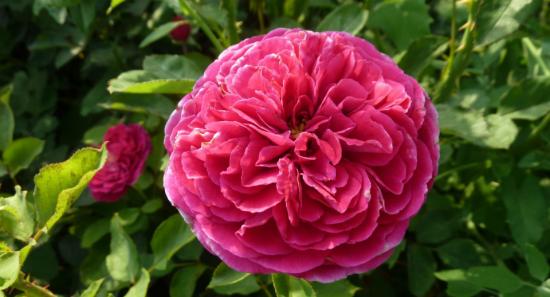
Flowering occurs in two stages. The first time the bush blooms profusely, the buds are large, and the second time the flowers are already small and sparse. If you do not remove faded shoots after the first flowering, the bush will be dotted with small buds.
What distinguishes this variety from others is that roses reproduce well by cuttings.
The root system of the cuttings forms quickly, and new bushes appear. There is no need to do any pruning.
This option is ideal for decorating and decorating parks and gardens!
How to plant and care properly
It is important to adhere to this scheme:
- Initially, you need to decide on the site and soil for planting the plant.
- The best option is a sunny area, slightly ventilated on each side. Park roses also grow in the shade, but the flowers will be smaller and paler.
- The soil should be loose; soil with a high humus index is considered ideal. If there is a lot of clay in the soil, then before planting you should fill the hole with sand, humus and rotted compost. Fertilizers and a little clay should also be added to the sandy soil; the further growth of the plant depends on this.
Preparation of seedlings: Before planting, seedlings are left for a day in ordinary water, and then they are disinfected.
The plant is planted in the spring, preferably before May, or in early autumn, from August 30 to September 15-20. Planting during this period will allow the seedlings to take root well in the ground and not be damaged by frost.
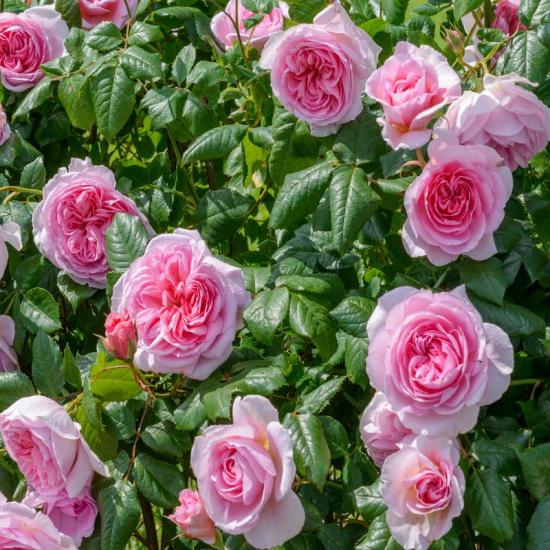
If the seedlings have a closed root system, then planting can be done in the summer. It is worth adding hydrogel to each hole; this will allow the soil to retain the required amount of moisture.
It is necessary to properly care for the soil and the roots of the plant. The soil near the bushes is regularly loosened, cracks and weeds are eliminated.
Watering is carried out rarely, once every twelve days. 10-15 liters of water are poured under each bush.
This amount of moisture allows water to penetrate deeply into the root system. With proper watering, the roots go deep enough into the ground, this gives the plant winter hardiness.
The rules of care are simple, compliance with them is the key to the further growth and flowering of the park rose, watch the video:
Top dressing
It is worth paying due attention to feeding the bush. Initially, fertilizers and minerals are added at the end of August; before that, all fertilizing should have been done during planting.
In the autumn, products containing potassium salt are applied under the root (wood ash, from which the infusion is initially made, helps effectively).
Adult roses need feeding only during the growing season; feeding should only be avoided during flowering. Organic substances are used for fertilizer: wood ash and cow manure. For 10 liters of water, take a liter of litter and 200 milligrams of ash. Manure can be replaced with chicken manure if necessary.
Fertilizers make the roots and crown hardy, flexible, and flowering varied and abundant.
Pruning park roses and forming bushes
Pruning is a mandatory procedure for any cultivated plant. It should not be carried out only in the first years after planting.
After a few years, the bush is trimmed into a cup-shaped shape. Bad and weak runs are removed so that healthy branches become stronger and more stable.
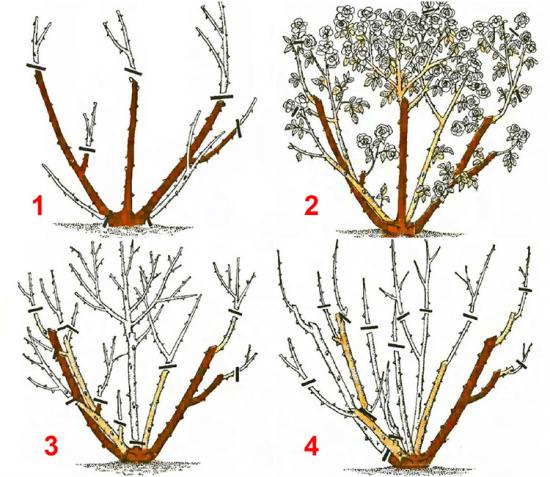
An adult flower cannot be started; the bush will quickly grow and, as a result, lose its presentability. Worth making pruning to rejuvenate the bush. In autumn, old branches are removed along with buds and shoots. The cut areas on the crown are treated with disinfectants.
Attention! It is necessary to prune only varieties of the second class, which bloom several times in one season; the first variety does not need this procedure.
Reproduction
There are several options for propagating park roses; the best way is to root cuttings.
This method is the simplest. The procedure is carried out as follows: annual shoots are placed in holes, pinned, watered abundantly and sprinkled with soil on top. This procedure can only be done in mid-spring. The bark on the nodules is trimmed a couple of millimeters. The shoots are watered throughout the summer and dug up the following spring or autumn.
The root system is divided and planted separately in fertilized soil for further growth and strengthening.
After a year, the new bush can be planted in a permanent area. The composition of the soil is prepared in advance; it is desirable that the soil, temperature and exposure to sunlight do not differ from the previous place, so that the soil has good nutrition.

The area must be cleared of weeds and debris in advance if it is necessary to treat it with disinfectants.The hole must settle before planting, this will take several days.
To pull out a bush for replanting, you should pour plenty of water, the branches with thorns are tied into one bundle. With careful movements, the plant is removed from the ground along with a lump of soil.
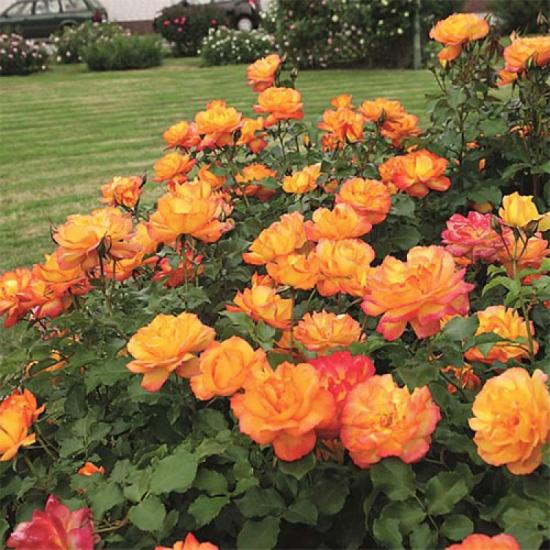
If you can’t reach the bush after watering, you shouldn’t pull it by force, it’s better to dig it up. The plant is planted in a new hole, which is then half covered with soil and watered abundantly.
When the water is absorbed, the root is completely covered with soil. To avoid air voids, the soil is compacted inside and around the hole.
If you strictly adhere to these simple rules, the growth of the bush will be fast and fruitful.
Organization of wintering
Mature bushes should not be buried for the winter. This species is frost-resistant and can withstand low temperatures.
A young plant needs protection from frost. Before wintering, it is better to cover the seedlings, cover the roots with soil on top, and wrap the bush itself with special paper or roofing felt in several layers.
Even if the plant freezes, there is no need to worry. Damaged branches are removed when pruning, young shoots will quickly grow back.
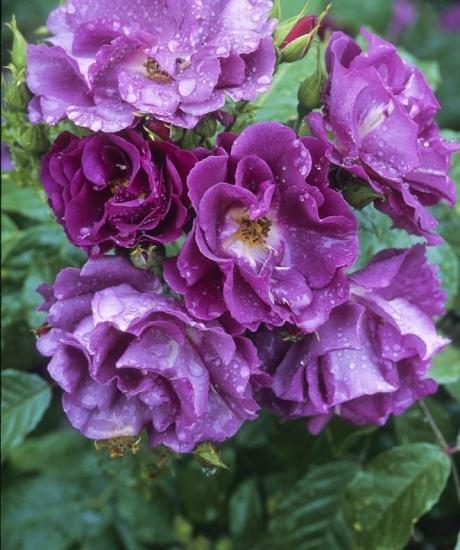
There will be no inflorescences this season, as the buds will be damaged by frost. Next year the plant will be blooming and healthy again.
So, the park rose is a beautiful plant that does not need special care and does not require professional skills. The main thing is to select the right area before planting the shoots, properly prepare the soil and maintain its shape throughout the entire period.

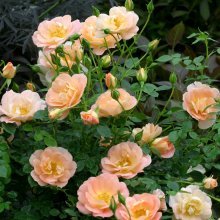

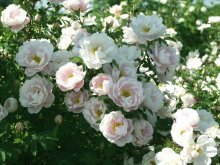

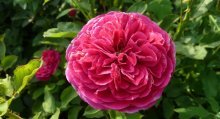



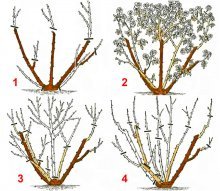


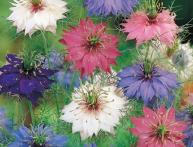
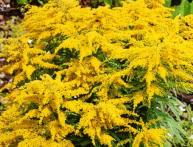
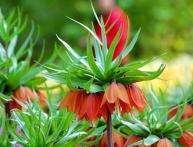


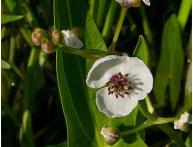
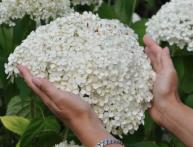
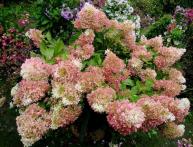
Comments
We are in the front garden, planted this variety of roses, there are a lot of them on the bush and they bloom, these beautiful flowers not once, but three times during the summer.Roses, with their flowering, respond very well to fertilization; we fertilize them with chicken droppings.
I liked the orange roses the most, they look chic and unusual. If such roses are not pruned properly every time, I understand they will turn back into rose hips?
There are many varieties, and you want to have everything in your garden. If I had a large garden, I would plant all existing types of roses in it. It would be amazingly beautiful. Or maybe such a garden does exist. Some king's.
We have a park plant that blooms once. Yes, for quite a long time, but in terms of decorativeness, in my opinion, it loses to those roses that bloom constantly. The cutting pattern is different from mine, I'll have to compare.